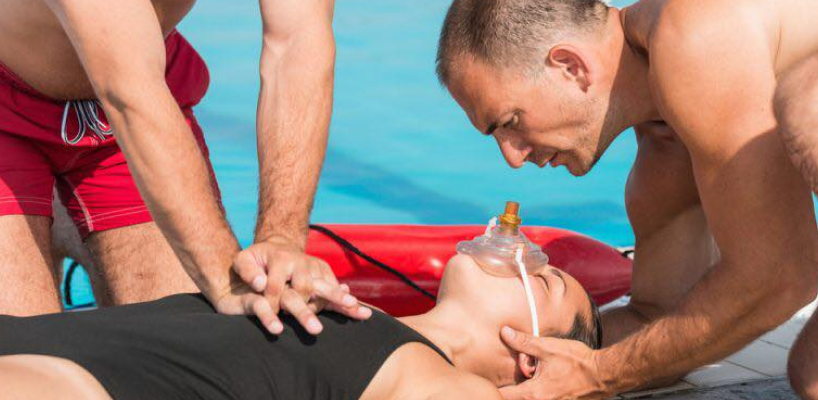
Last Updated On: August 28, 2024
The science of drowning throws light on the complexities that arise when a body is submerged in water. Drowning incidents can be life threatening without timely intervention and proper surveillance. When an individual drowns, a series of chain reactions take place in the body. In the US, drowning is the leading cause of unintentional injury related death. It is important to take precautionary measures to stop the numbers from increasing. In this blog we will delve into the topic of what happens when you drown and the science behind it.
The time taken for drowning can vary depending on several factors. The victim’s physiology, fitness level, and water conditions can impact the time. It is a common misconception that drowning only takes a minute and is a quick and silent process. But it is not so. In most cases, a victim might lose consciousness within 2 minutes of drowning. Between the next 4 to 6 minutes, permanent brain damage can happen without oxygen.
If emergency CPR is not administered, drowning can be fatal. Please note that drowning doesn’t necessarily involve a lot of noise. It can be exceptionally silent in cases of “dry drowning” or “delayed drowning”. In such cases, water enters the airways causing immediate choking.
After drowning the immediate aftermath can result in a complicated reaction of physiological responses. Let’s go through the immediate post submersion effects on a human body-
Read More: The Objective of First Aid
Immediate response in the case of drowning is extremely critical. Irreversible damages in cases of drowning can be quick and silent, hence timely intervention is crucial. Below are the immediate actions that needs to be performed when someone drowns-
Time Sensitivity: The first few minutes after a drowning incident are critical. Prompt initiation of rescue and resuscitation efforts significantly improves the chances of survival and minimizes the risk of long-term complications.
CPR and Emergency Care: Immediate cardiopulmonary resuscitation (CPR) can help restore oxygen circulation to vital organs. Emergency medical assistance should be sought without delay. Enroll in a comprehensive CPR certification.
Describing the sensation of drowning is challenging. The experience of drowning is a mix of emotional and physical trauma. Below are the common experiences and sensation faced by individuals who witnessed drowning-
Read More: What is a Cardiac Massage?
The science of drowning and what happens when you drown are topics that are constantly being delved into. The event of drowning is more than just a physical challenge. It impacts a person’s mental well-being by emotionally scarring the victim. Even though immediate emergency response like CPR can help save lives, prevention is always better than cure.
The immediate aftermath of drowning consists of a cascade of events. It is a complex interplay of physical responses and emotional turmoil. Recognizing the signs of distress can help provide immediate help to the victim. As we navigate through the intricacies surrounding drowning, it becomes clear that fostering a culture of preparedness and swift response is critical.